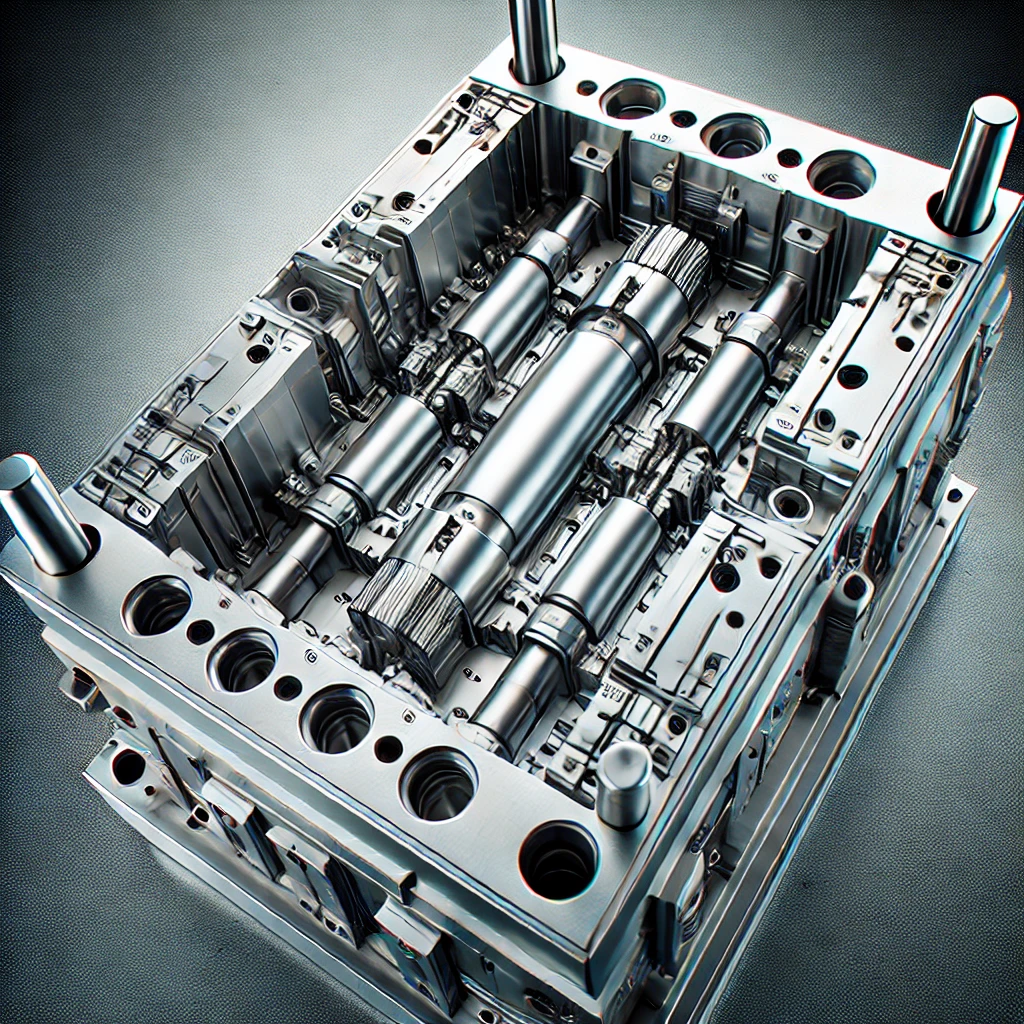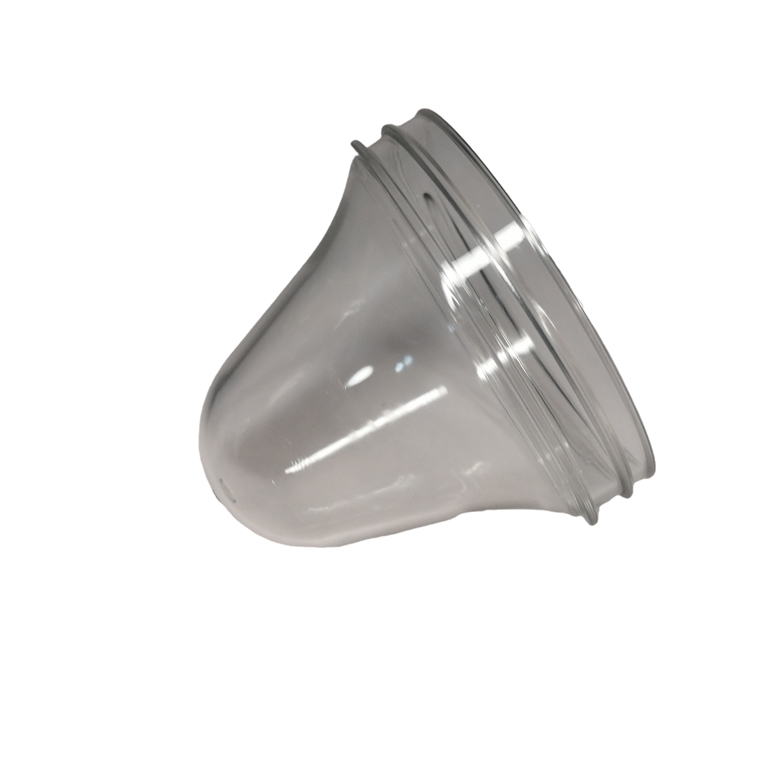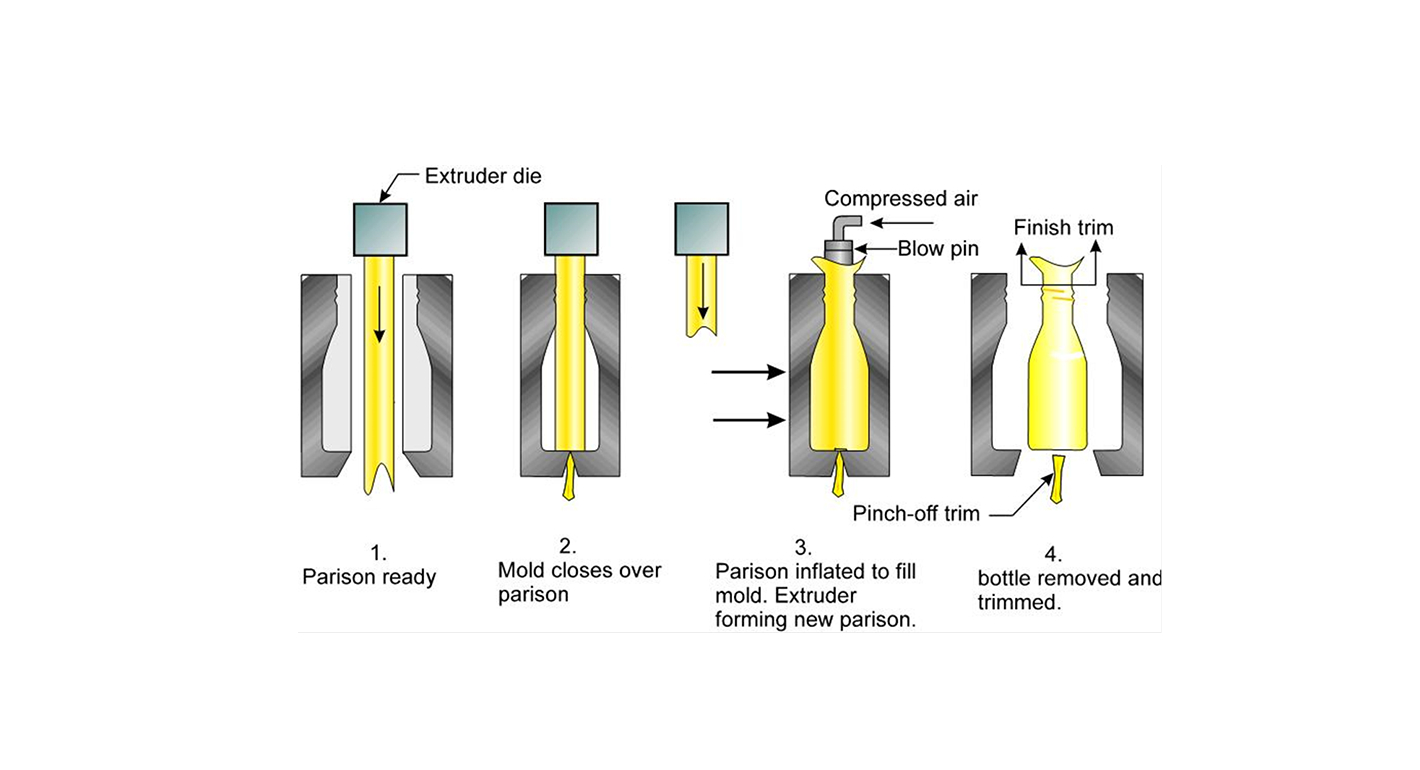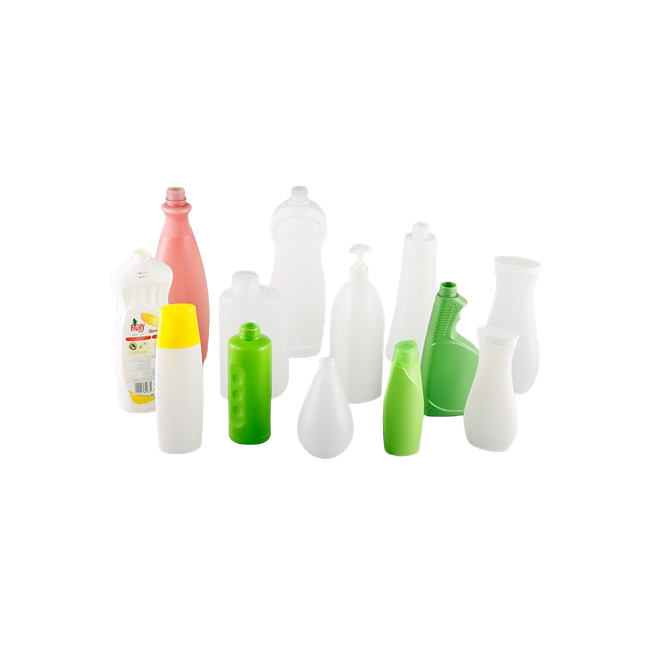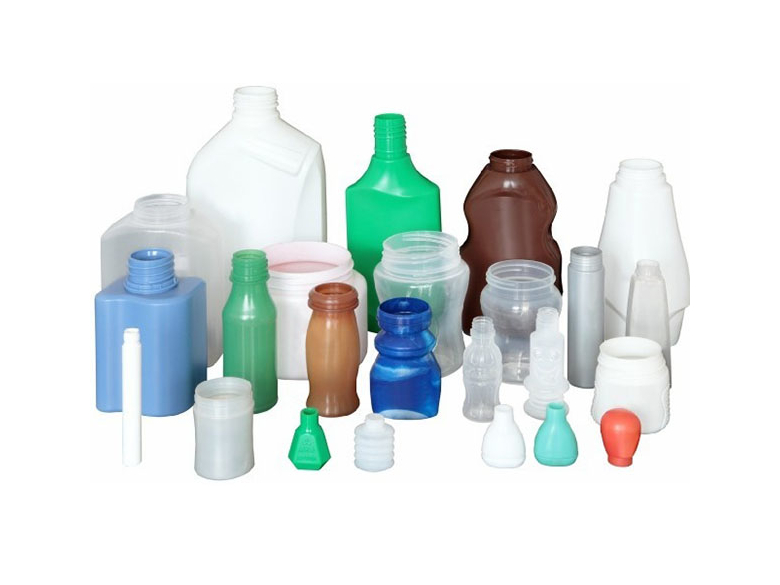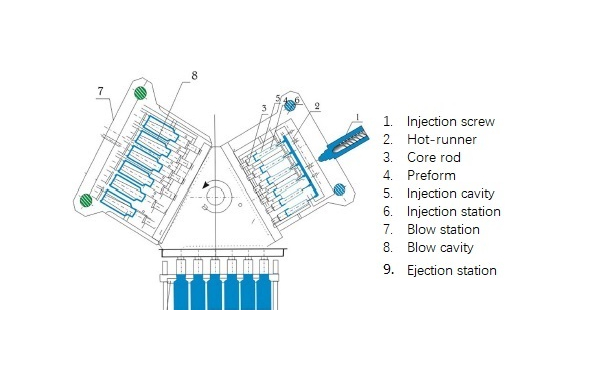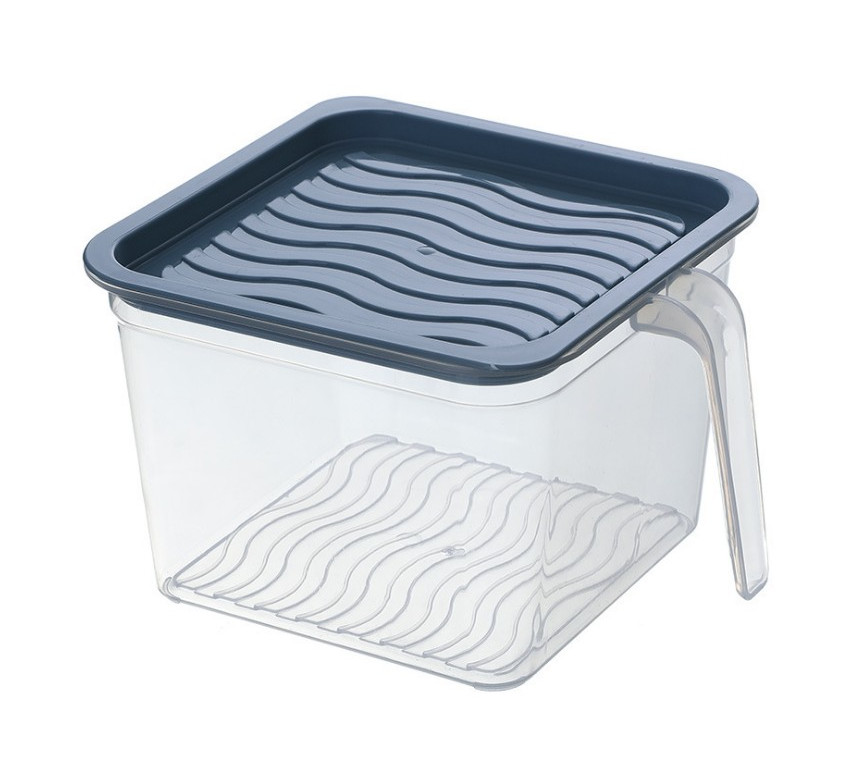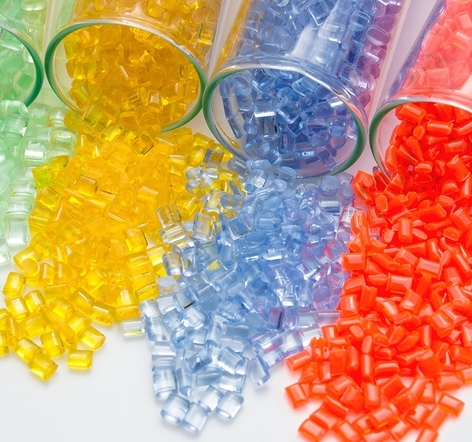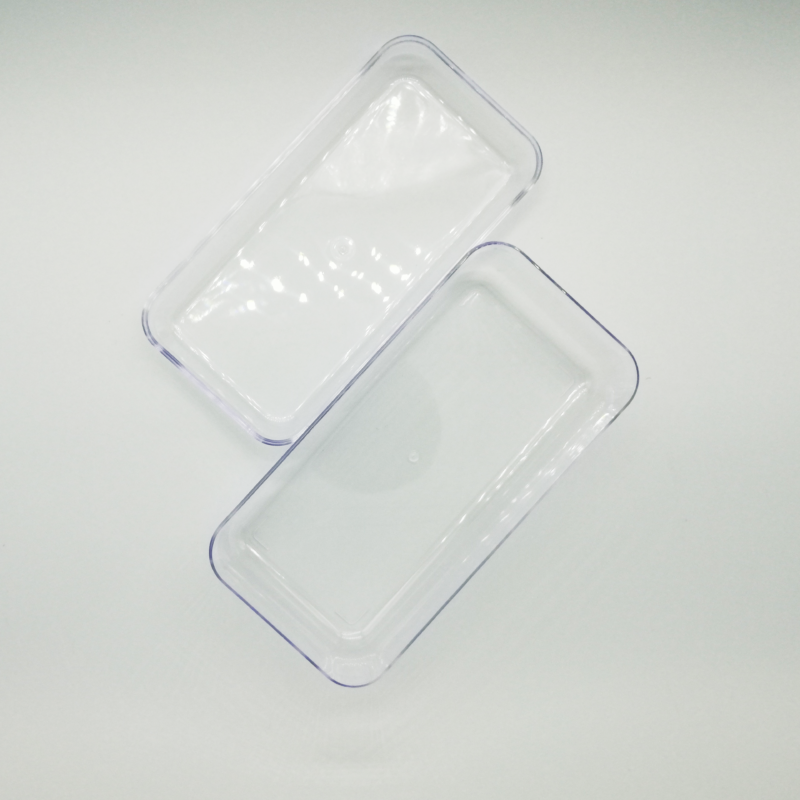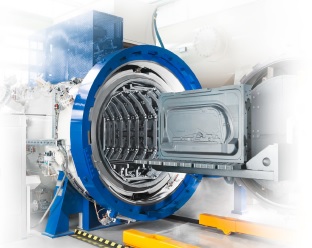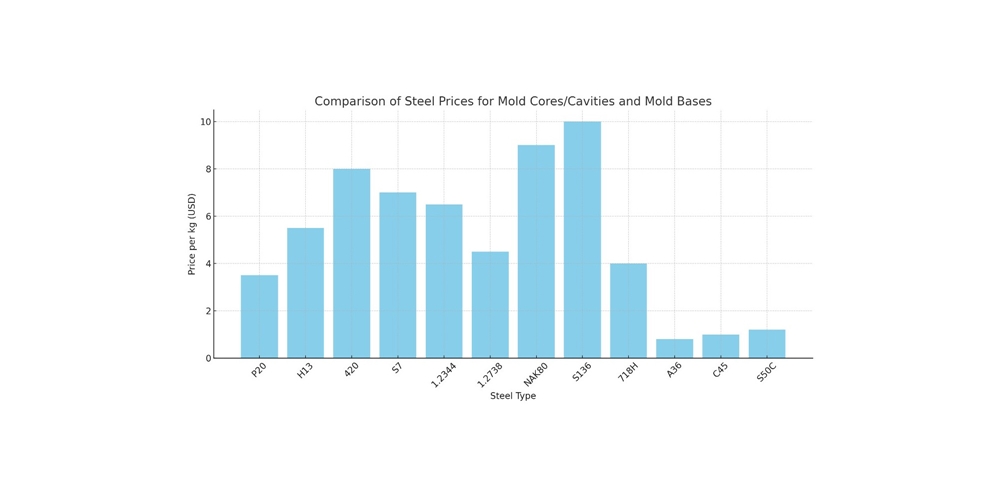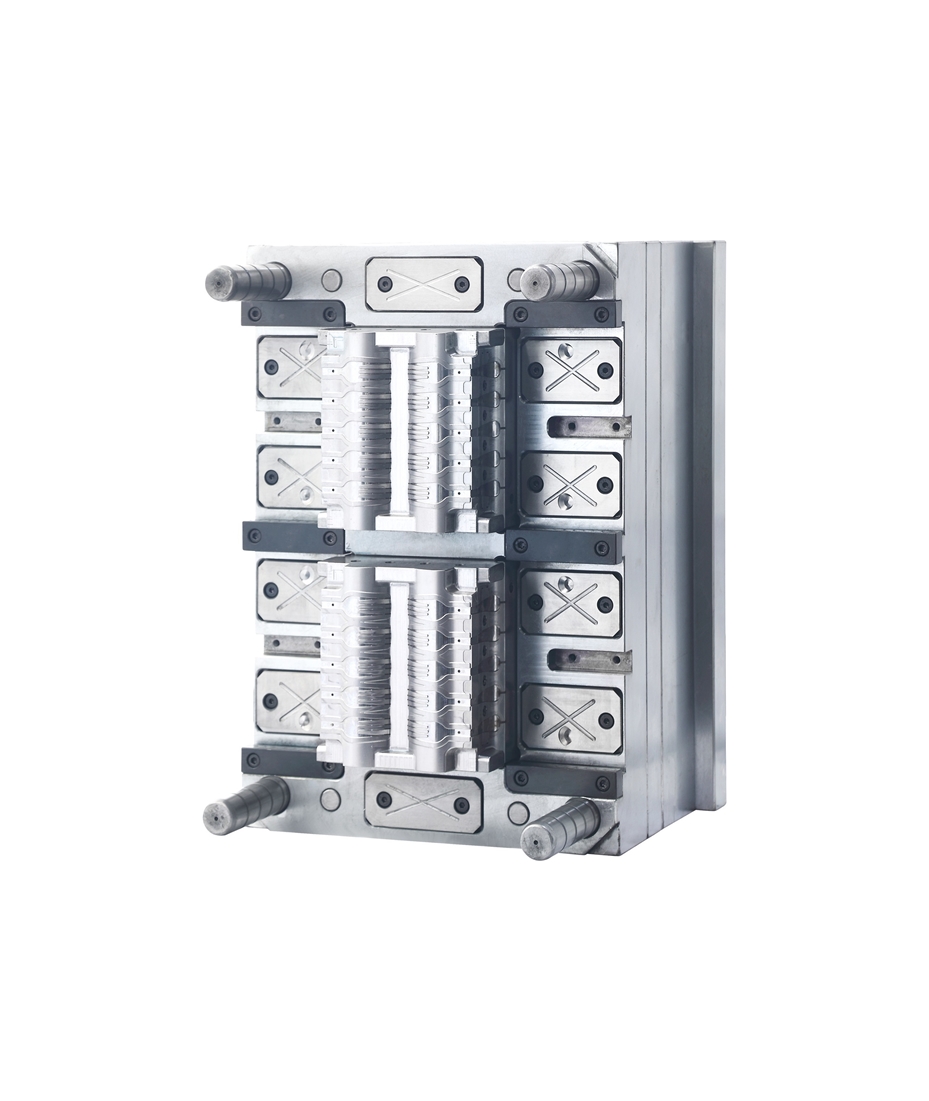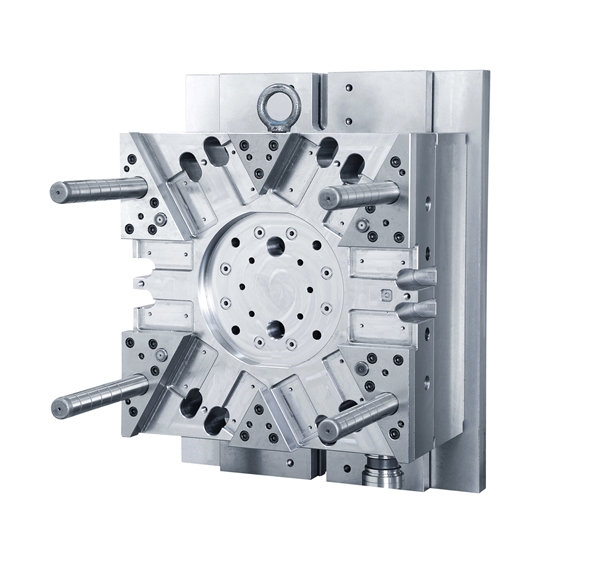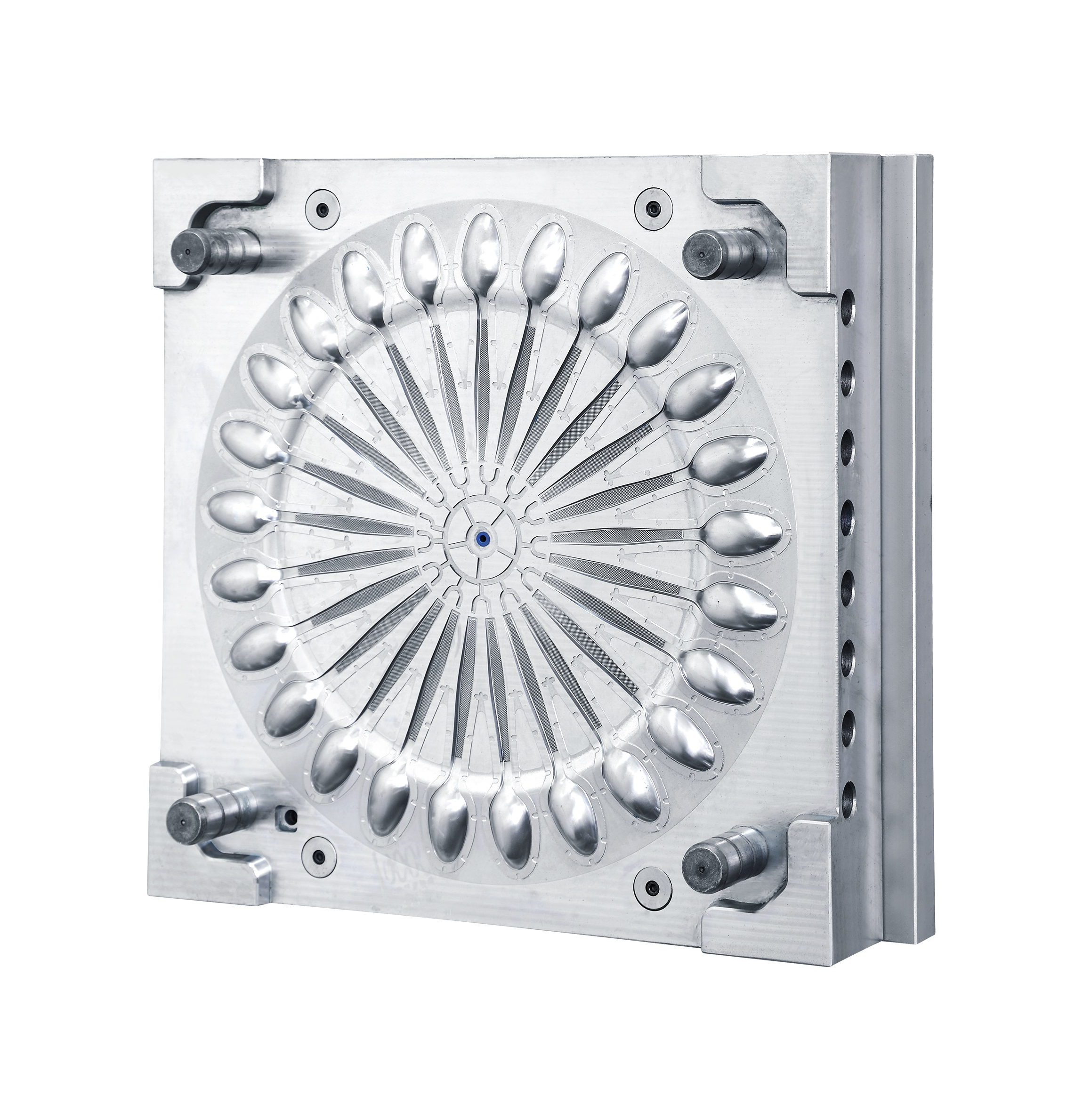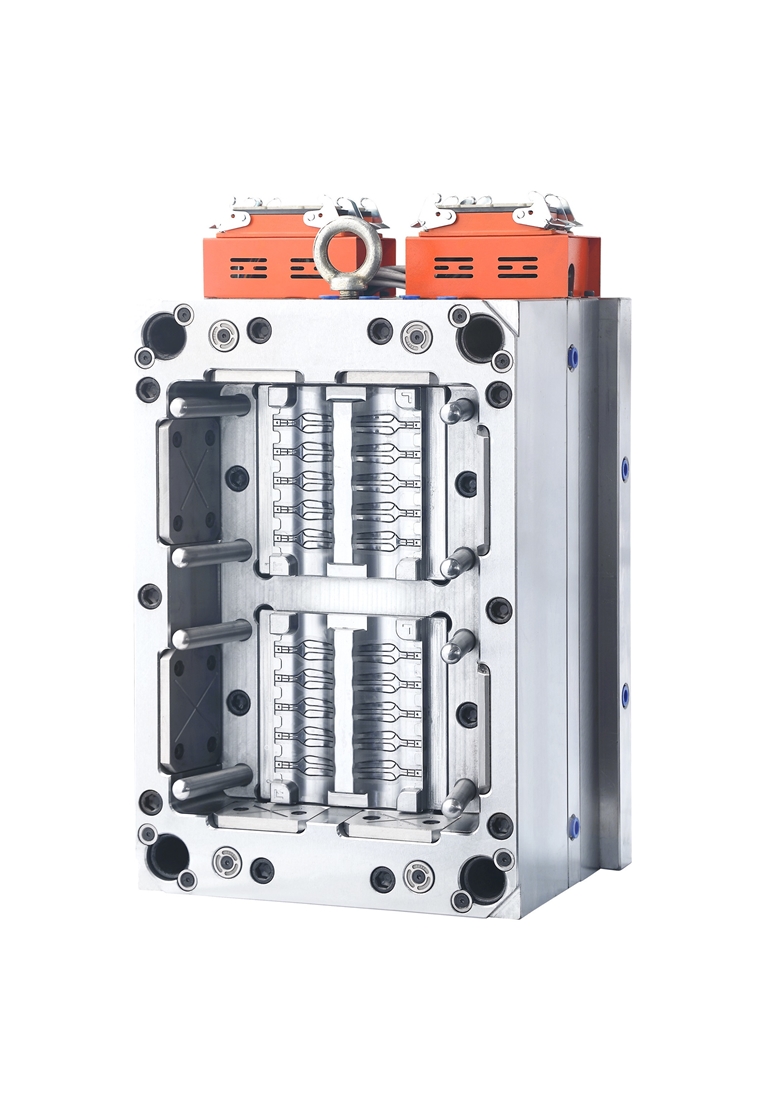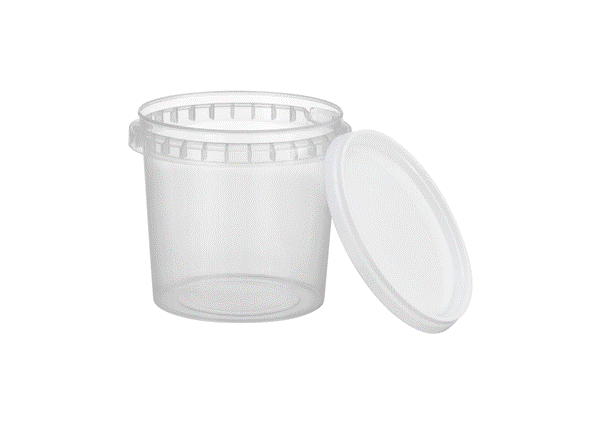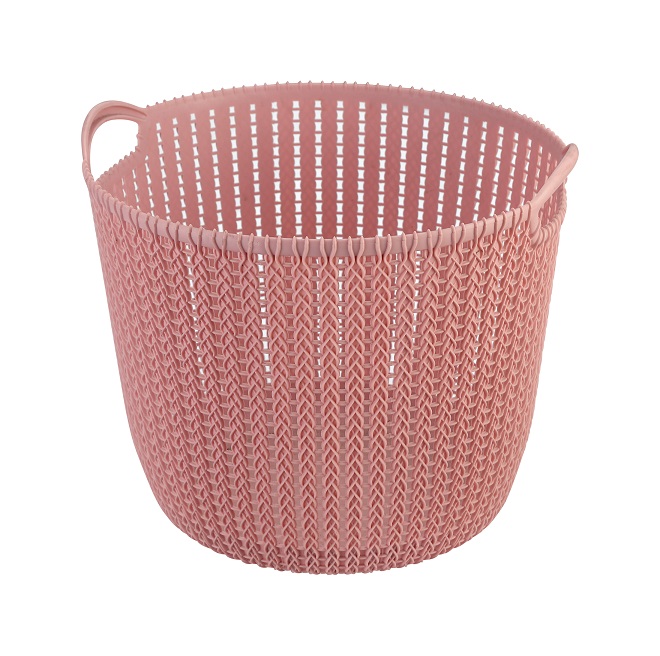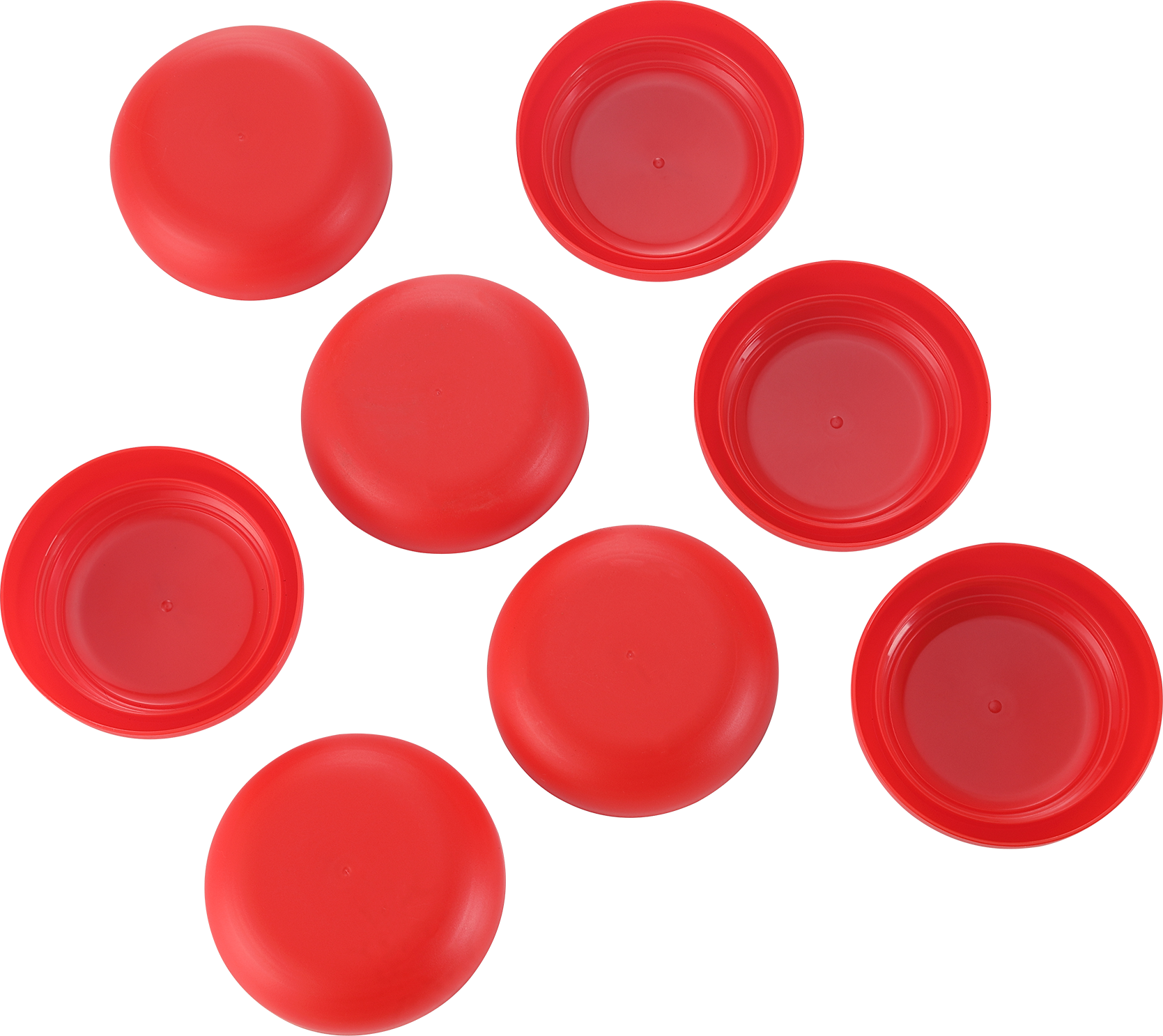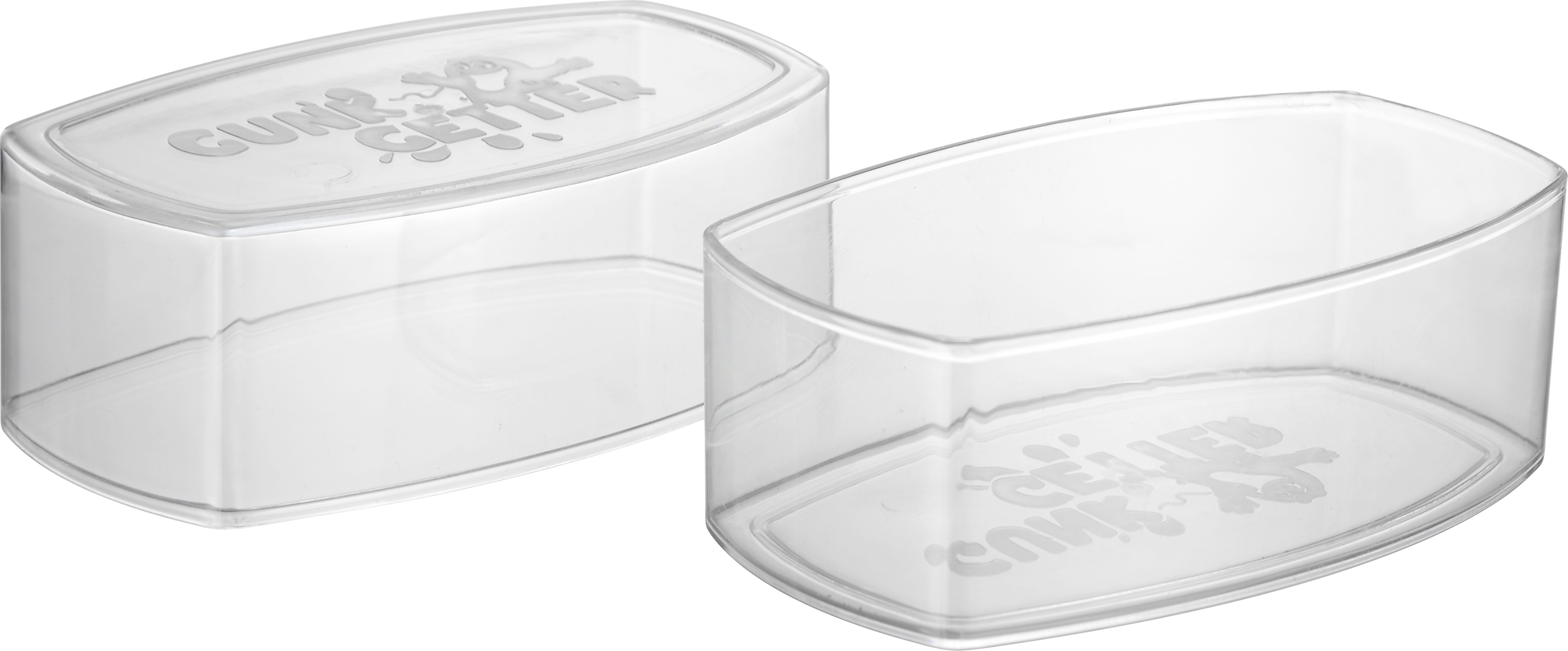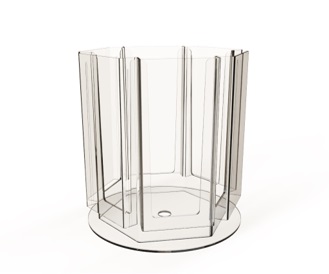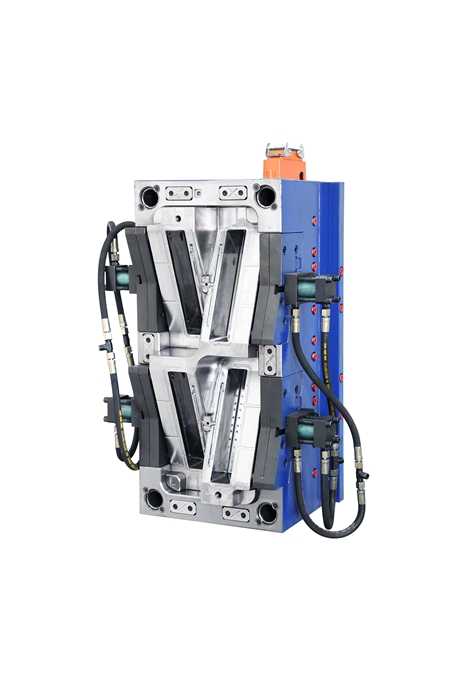Collaborating effectively with a mold maker is crucial to the successful development of a plastic product. Here are some key steps and tips to help you work with your mold maker:
1. Clearly Define Your Requirements
To begin with, provide explicit specifications for your plastic product, detailing dimensions, materials, and any specific features or requirements. Additionally, clearly articulate the purpose and functionality of the product.
2. Choose the Right Mold Maker
Moreover, conduct thorough research to select a reputable mold maker with experience in your required mold and plastic material. Furthermore, check references and scrutinize past work to ensure their capabilities align with your project needs.
3. Open Communication
In order to foster effective collaboration, establish transparent and effective communication channels with your mold maker. Regular updates and discussions can prevent misunderstandings.
4. Early Involvement
At the outset, involve the mold maker in the initial stages of the design process to get their insights on moldability and potential issues. Additionally, collaborate on design modifications to optimize manufacturability.
5. Define Tolerances and Quality Standards
For precision and clarity, explicitly specify tolerances and quality standards to be met. This not only sets expectations but also avoids potential disputes.
6. Material Selection
Working hand in hand with your mold maker, choose the most suitable mold material. Consider factors such as durability, flexibility, and cost.
7. Prototype and Testing
Prior to committing to the final mold, develop prototypes for thorough testing of design and functionality. Also, collaborate closely with the mold maker to promptly address any identified issues.
8. Cost Estimation and Budgeting
To ensure financial transparency, request a detailed cost estimate from the mold maker before starting production. Additionally, establish a clear budget and timeline for the project to avoid cost overruns and delays.
9. Tooling and Mold Design
In the collaborative spirit, engage closely with the mold maker on the tooling and mold design. Provide feedback on initial designs to ensure they align with your specifications.
10. Regular Progress Meetings
To maintain alignment and address any emerging challenges, schedule regular progress meetings. This ensures that both parties are on the same page throughout the process.
11. Quality Control and Inspection
To uphold the highest standards, establish a comprehensive quality control plan with the mold maker. Implement inspections at various stages of production to ensure the final product meets your standards.
12. Documentation
In the interest of clarity and dispute resolution, maintain meticulous records of all communications, specifications, and changes. This documentation is crucial for resolving disputes and addressing issues effectively.
13. Legal Agreements
To formalize the collaboration, draft a comprehensive and legally binding agreement that clearly outlines responsibilities, timelines, costs, and intellectual property rights for both parties involved in the project.
Collaborating effectively with a mold maker is indeed important, by adhering to these detailed steps and maintaining open communication, you can foster a more collaborative relationship with your mold maker and increase the likelihood of successfully developing your product.



